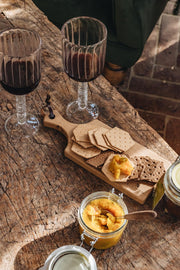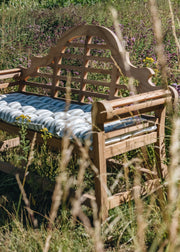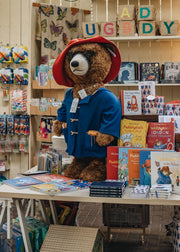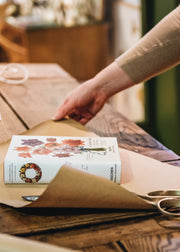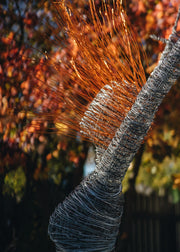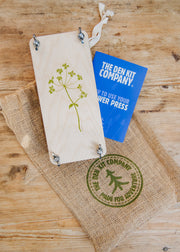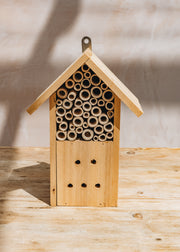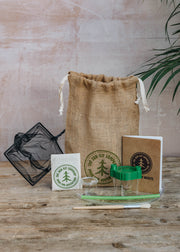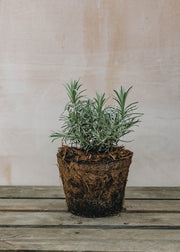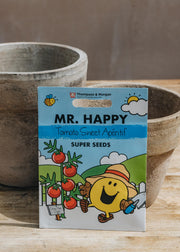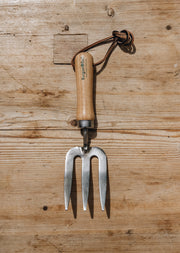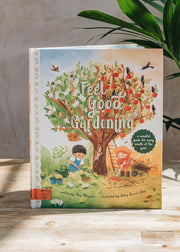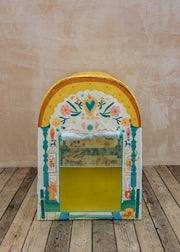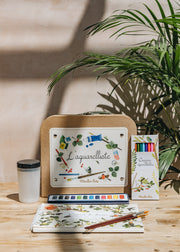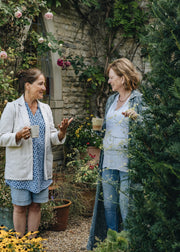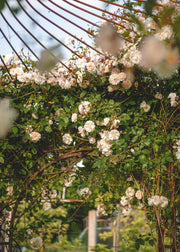Creating a child-friendly garden
Every year the RHS Chelsea Flower Show celebrates gardening - from showcasing garden designs and new growing discoveries, to encouraging and inspiring both novice and professional gardeners. Part of its focus each year is to look forward, so it is no surprise to see a renewed investment in encouraging the next generation of gardeners – this year through the inclusion of The RHS No Adults Allowed Garden, and the new RHS Children’s Choice Award, judged by primary schoolchildren.
Whether an established garden or new space, it’s worth considering how children can enjoy their outdoor area, concentrating on the key concepts of what children generally like to do - explore, play and relax.

Creating a living environment is one of the joys of a garden, and whether digging, sowing seeds, watering, nurturing or harvesting, there is nothing better than getting your hands dirty. Child size tools are readily available from gloves to spades to watering cans, specially designed to be user friendly for smaller hands. It’s a good idea to give children a patch of soil to grow flowers that can be picked for pressing, craft activities or baking. Some of the best plants to grow are borage, calendula, nasturtium and marigold. In the kitchen garden let them choose their favourites– juicy cherry tomatoes to pop in the mouth, sweet strawberries hiding under leaves or the fun of training beans and peas up a stick wigwam or frame.


Tasting the food they’ve grown reflects how important the senses are– a theme that should be prevalent in your planting – from the bright colour pops of sunflowers, dahlias and cosmos, to the sounds of buzzing bees and butterflies fluttering around buddleia (Pink Delight is lovely), from the soft velvety texture of Salvia argentea Artemis to the movement of swaying grasses. Fragrance assails the senses as the olfactory journey takes in the sublime fragrance of lilac to the pungent curry plant.


One note of caution. It's important to do a quick fact check of the plants in the garden that are accessible to children– there are many plants that can be harmful if ingested, so take care to ensure that what the children are picking and tasting is safe.
Establishing a garden full of rich biodiversity connects us to nature and provides a treasure trove of natural excitements for children to investigate. After rain count the snails, collect conkers and acorns, assemble a collage of different birds’ feathers, watch bees as they collect pollen or put water out for the thirsty hedgehog.
For little explorers
From squishing wet mud to the feel of grass underfoot, playing in the garden is a wonderful way to turn a difficult day around! Children have improved sleep patterns after spending time outside, with physical exercise, increased oxygen boost to the brain and exposure to Vitamin D all benefits of outdoor play. There is also great freedom - children can be loud, creative, inquisitive and absorbed in the moment. A den was a main component in the RHS Chelsea Flower show garden and is always a winner with children, so collect sticks to make a wigwam or pinch some sheets from the linen cupboard and drape over shrubs or deckchairs to form a secluded canopy. Children are universally drawn to water, but it does come with its own hazards, particularly for younger children, so a hose or sprinkler on a hot day is great fun for all ages.
After all this activity it’s nice to have designated areas to relax and recharge. Think about where sun and shade falls– a throw under the shade of the tree is the perfect place to lie and read or draw. Recycled plastic outdoor mats keep prickly grass from tickling bare legs and offer space for Fido to curl up too, or a playhouse is a great space for children to retreat for some personal quiet time.




